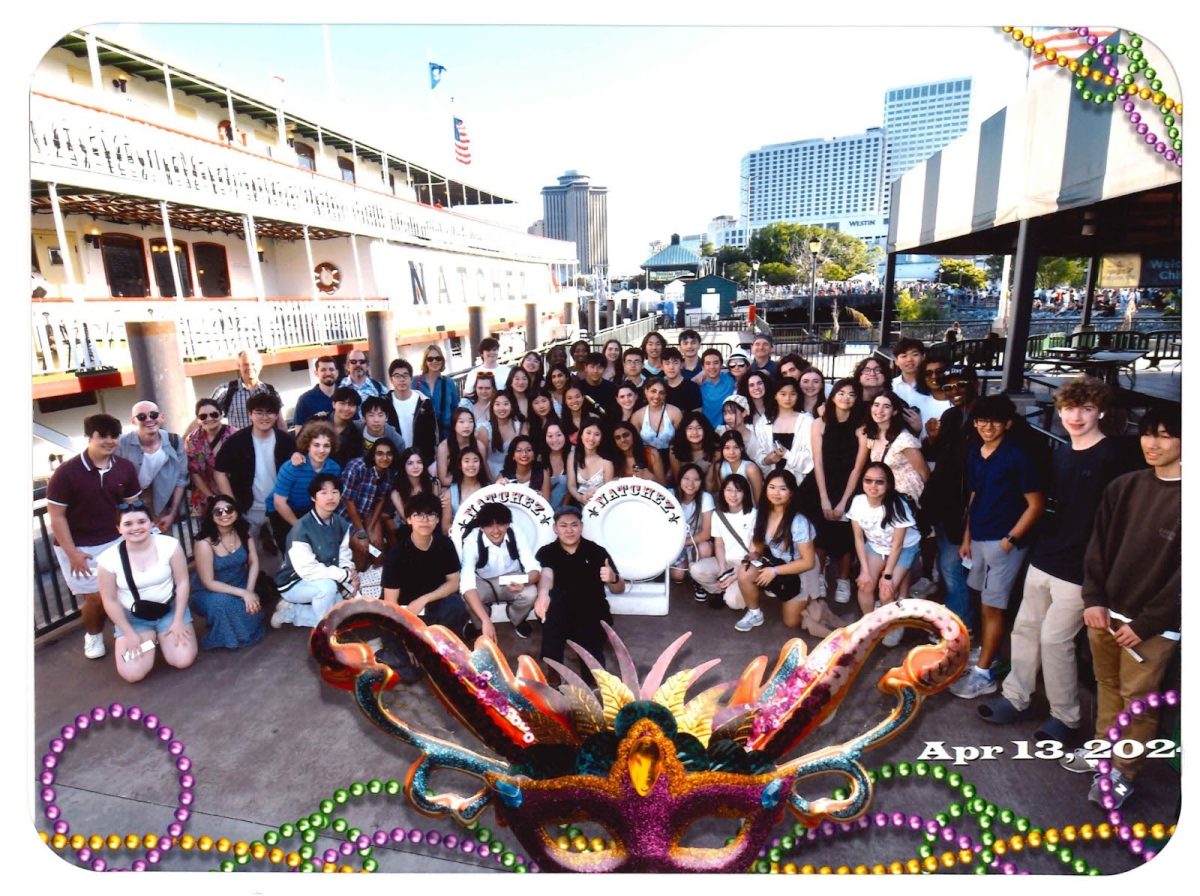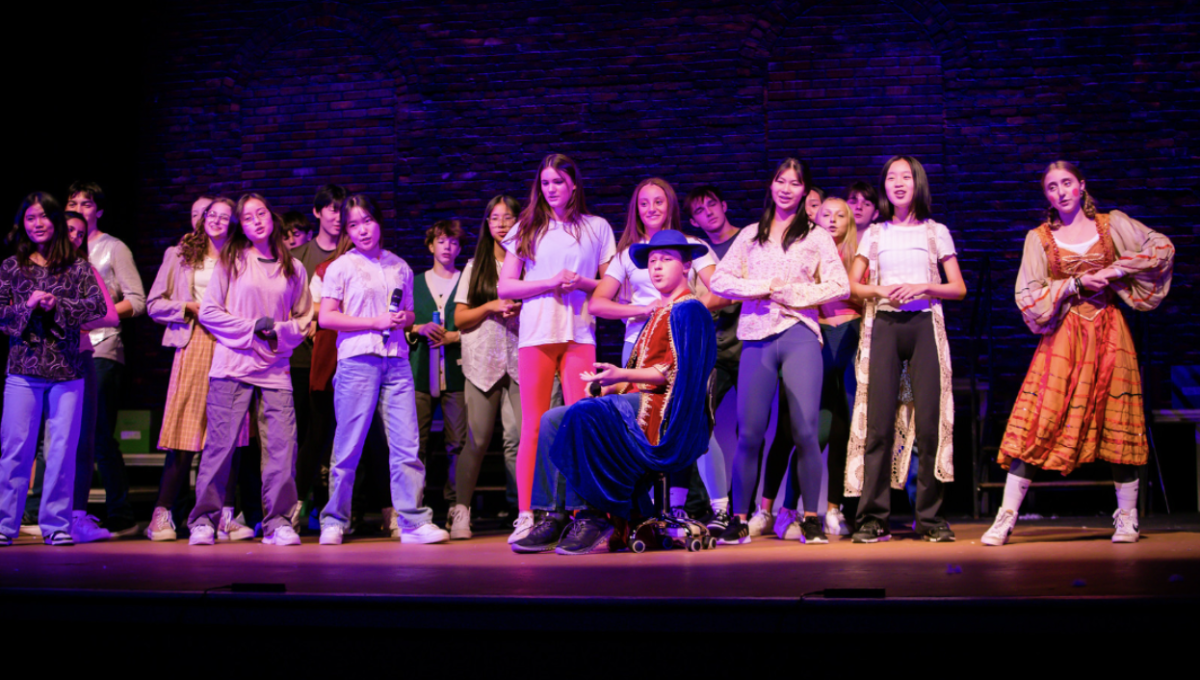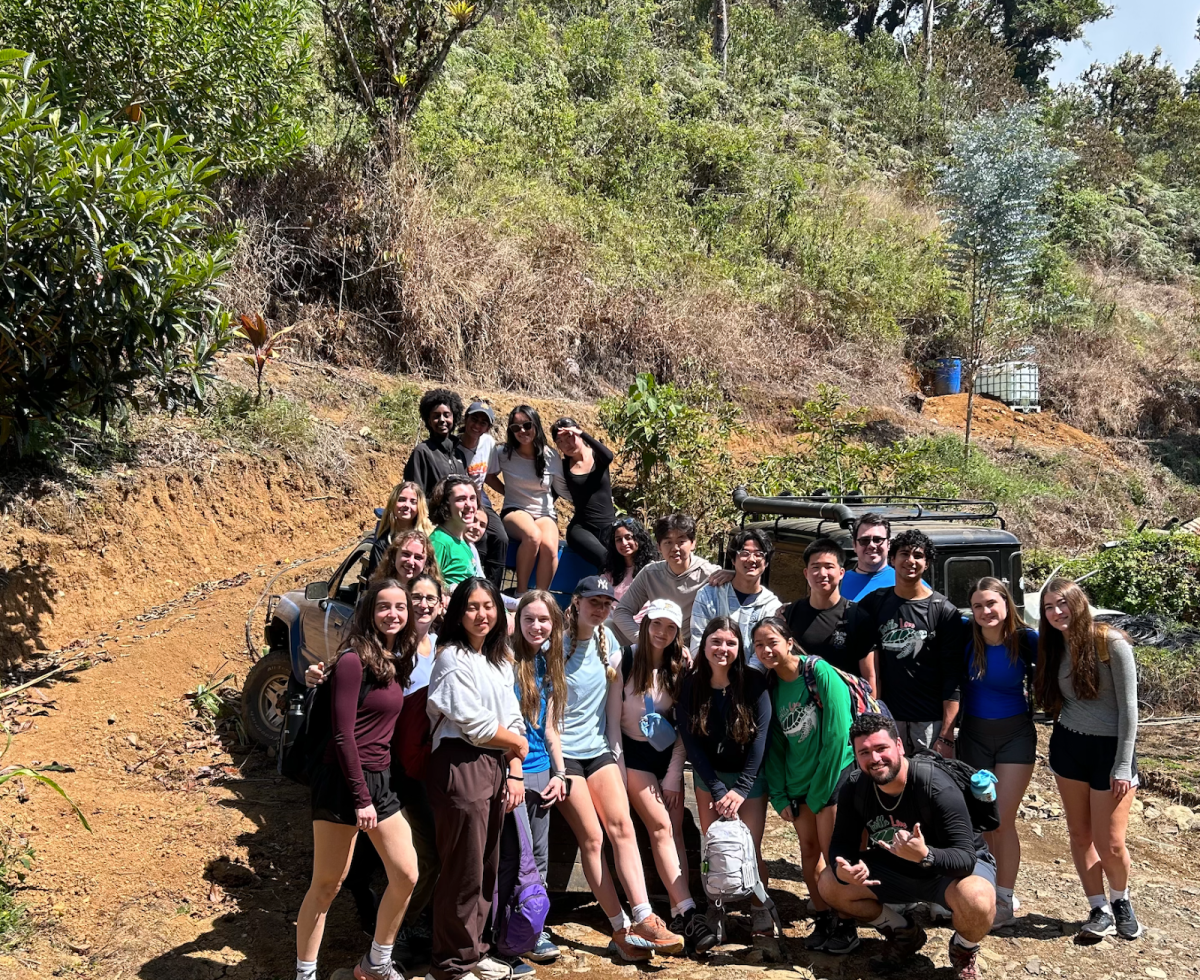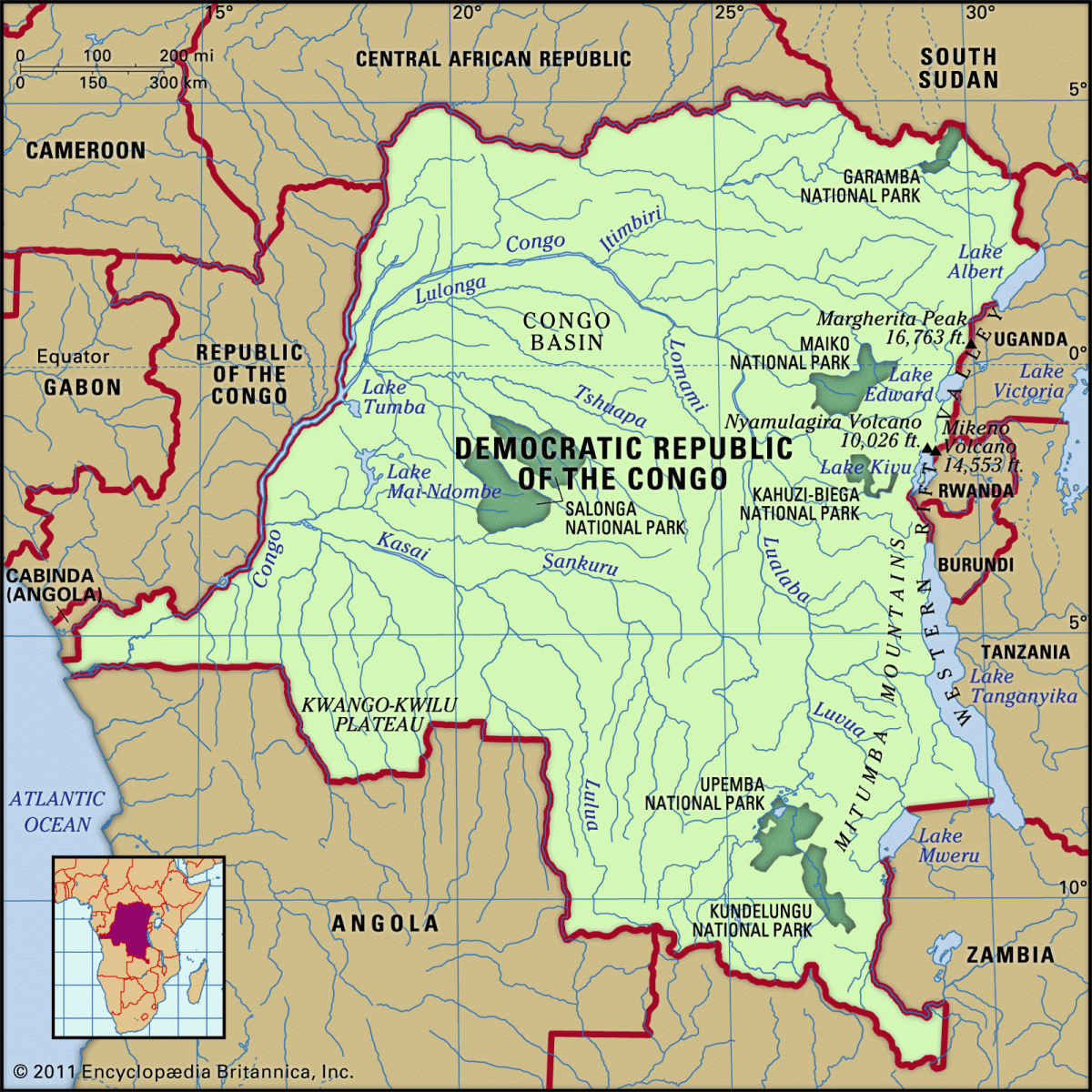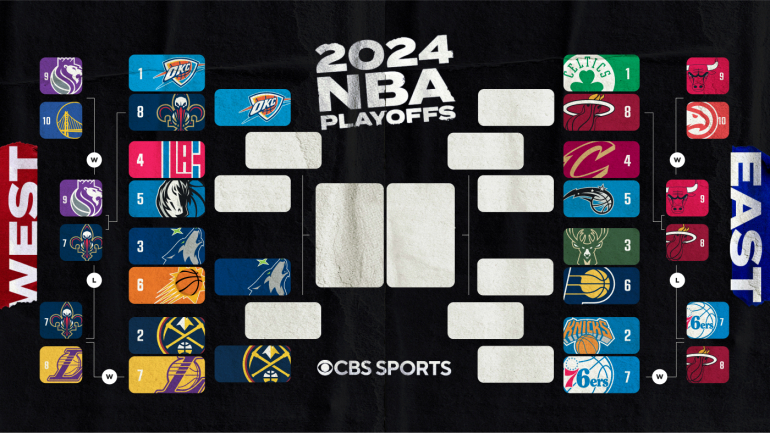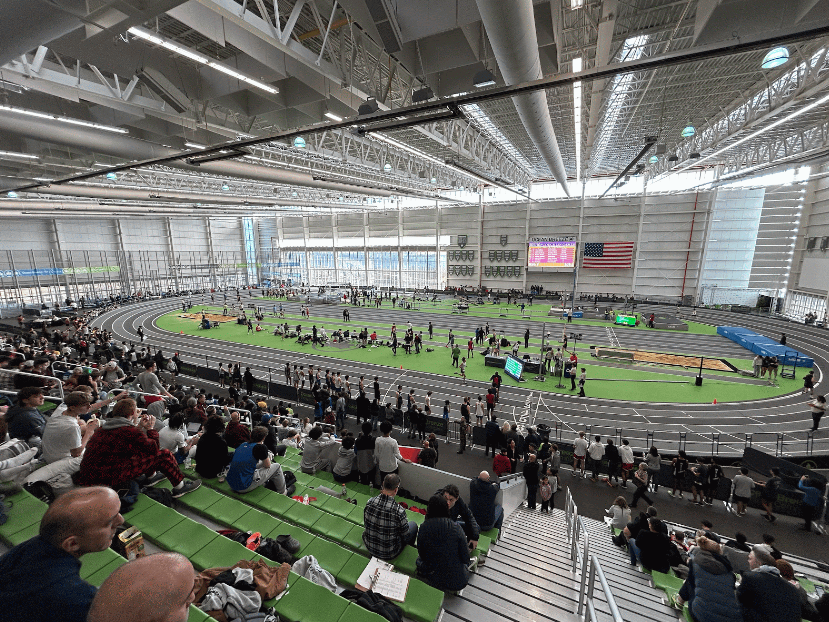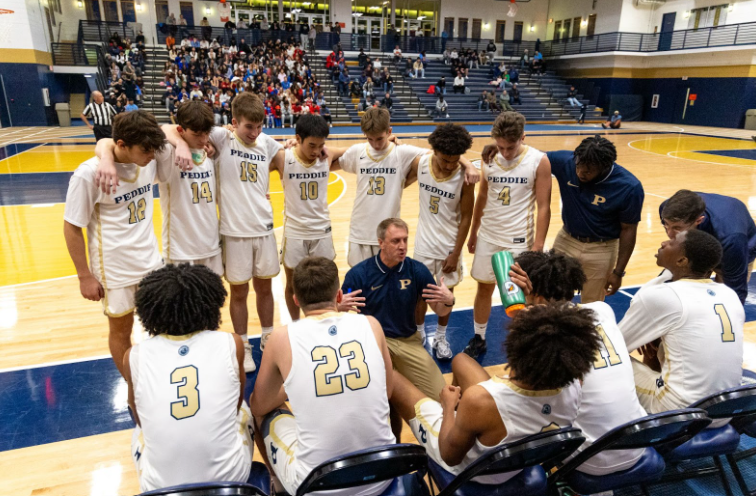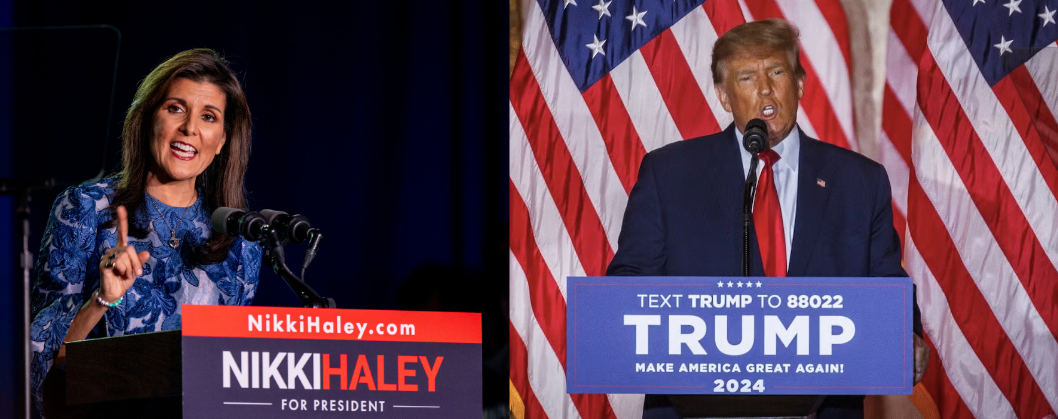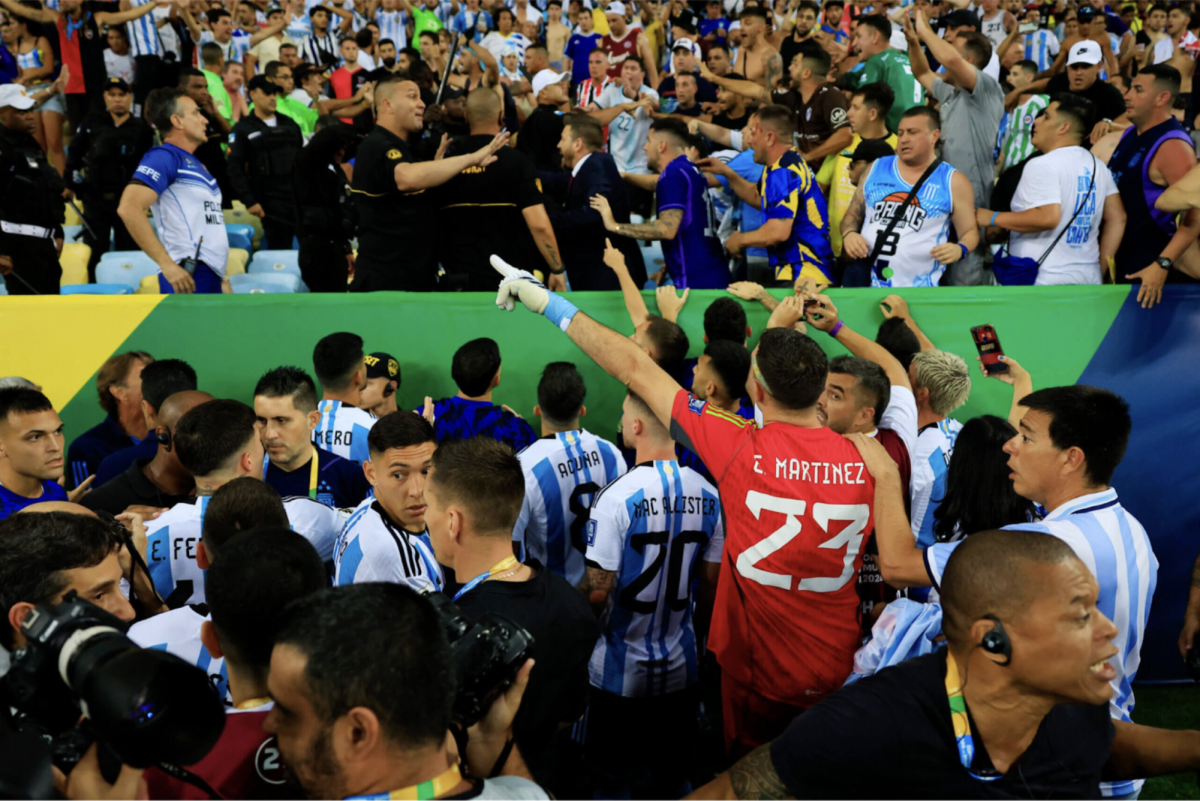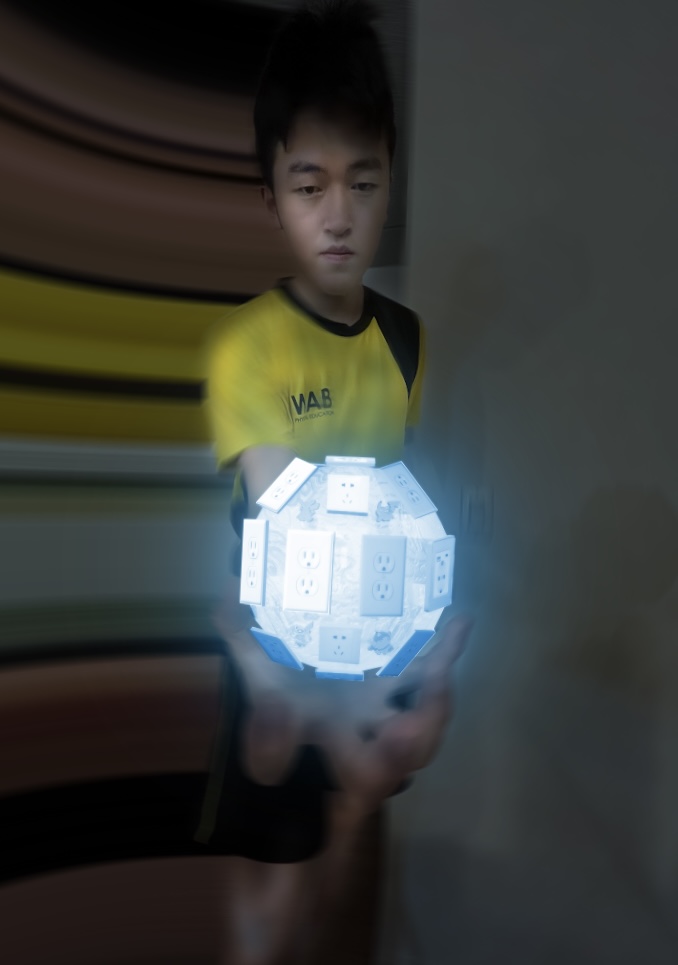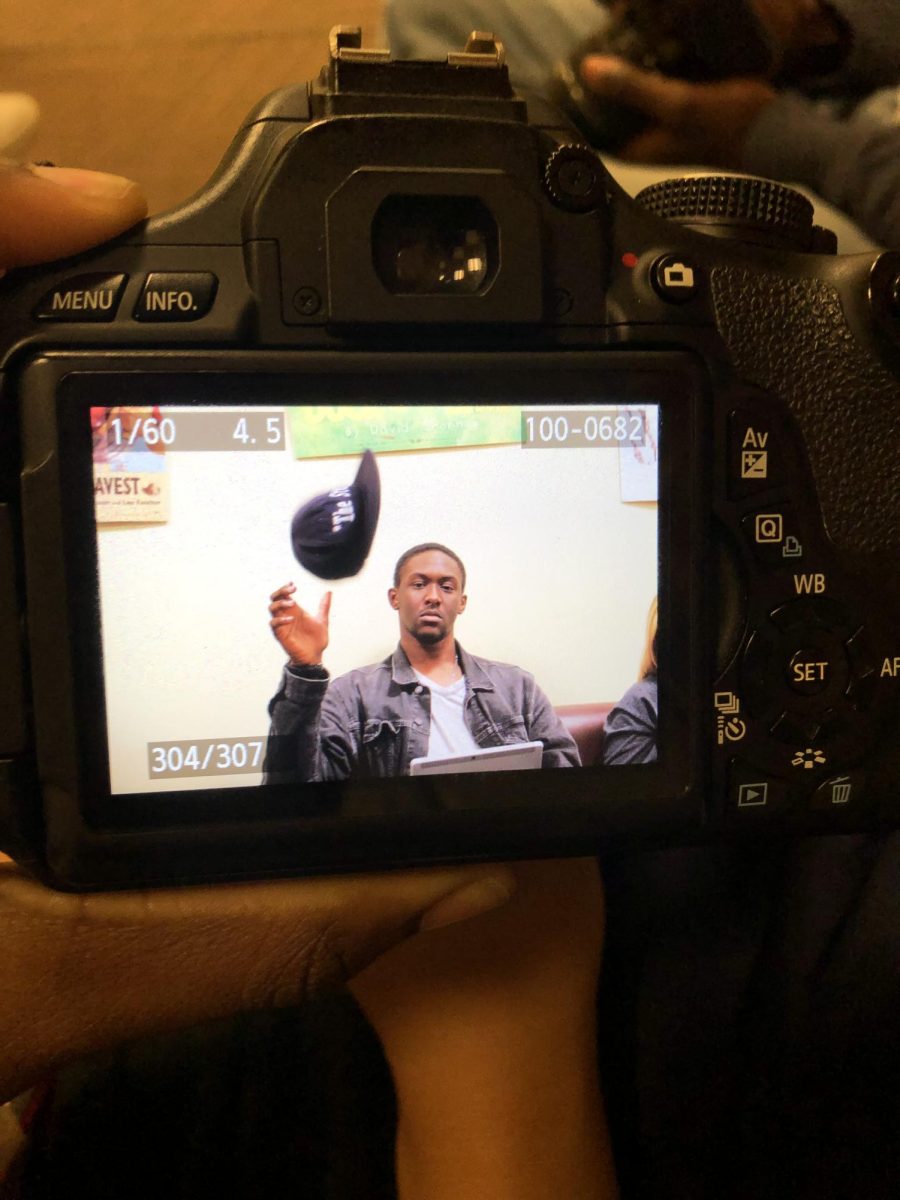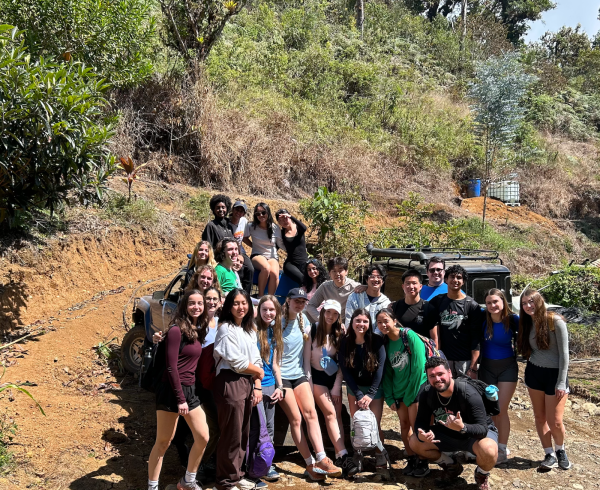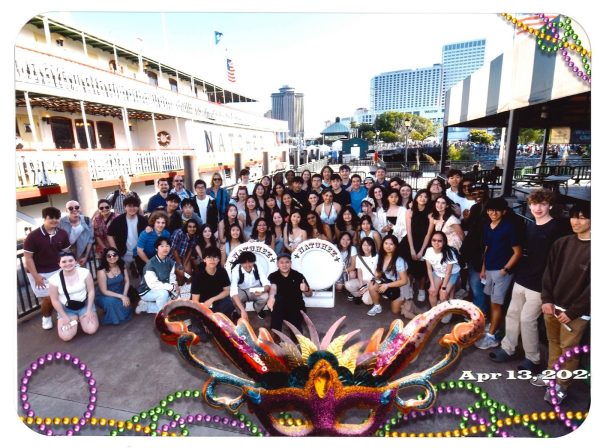Putin and Ukraine
February 14, 2022
The historical saga of Russia against the West continues, as Putin has revived an old conflict over Ukraine. Threatened by the growing power of the West, Russia greatly fears NATO expansion, perceiving it as aggression. As a result, Russia has recently demanded a written commitment from NATO promising to halt enlargement. Rather than allowing NATO to creep its way into Russia’s backyard, Putin has proactively lashed out towards Ukraine to destroy any possibility of allyship between Ukraine and the West. Ironically, Putin’s continued martial aggression and preventative measures have forced Ukraine to seek protection with NATO, applying to become a member of the Western alliance. Joel Bodon ’24 explained, “If Ukraine is admitted into NATO, all of the [NATO] powers must contribute to defending Ukraine.”
In a preemptive attempt to intimidate Ukraine, Putin has deployed 100,000 Russian troops to the Ukrainian border, escalating the conflict and possibly preparing for war. Analysis of historical Russian invasions in Crimea and Georgia reveals that Putin has previously justified invasion under the pretense of saving ethnic Russians. In the status quo, Putin has provided Russian passports to 700k in rebel areas of Ukraine, indicating that he may be looking to repeat history.
Due to the close geographical proximity between Ukraine and Russia, Putin has accused NATO of using expansion in Ukraine as a tactic to place nuclear weapons in firing range of Moscow. In response, he has promised to return the favor by positioning missiles in range of Washington D.C. Escalation from threats to real violence would be detrimental, as a Russian invasion would likely involve large-scale cyber and electronic warfare. Lakhi Raju ’24 said, “I personally believe that Putin should not attack another country without being provoked. Instead, Putin should unilaterally pull back his troops and diplomatically achieve his objectives with the rest of the world. This would ensure peace and stability across Europe and Russia.”
The Biden Administration has recently claimed that they will not account for Putin’s wishes in their consideration of Ukraine as a potential member country. Despite this noble declaration, NATO must factor the prospect of Russian hostility into any decisions concerning Ukraine. Biden has also promised dire consequences for Putin in the event of a Russian invasion of Ukraine; however the odds of NATO directly supporting Ukraine remain slim due to the size of the Russian army and the Russian monopoly on European oil. Biden’s explicit ultimatum, coupled with Putin’s aversion to showing weakness against the West spells out a recipe for disaster. Nick Paton Walsh of CNN writes that “by sounding the alarm so loudly, the White House has given Putin a choice: Act now, or make it seem like you gave in to pressure from the West.”
Looking forward, Biden’s possible courses of action include sanctions, limited exports to Russia and providing weapons to anti-Russian Ukrainian insurgents. Historically, the United States has frequently imposed sanctions on political opponents, financially crippling them. Biden’s default decision to sanction could put the European members of NATO in danger. While Putin has made precautionary efforts to sanction-proof his economy, Western Europe remains entirely reliant on the Russian company Gazprom for oil, with 40% of gas supply and 25% of oil imported from Russia. Dalina Cao ’24 said, “I think that the U.S. may impose sanctions on Russia as a result of the ever-growing tensions.” Despite the apparent risk associated with sanctions, economic retaliation seems the safest route, given the ever-present possibility of escalation to violence.
Putin’s intentions and next steps remain shrouded in mystery, leaving the rest of the world with nothing more substantial than pure speculation. As tensions continue to rise, the U.S. will likely seek avenues to de-escalate and prevent a Russian invasion of Ukraine.

